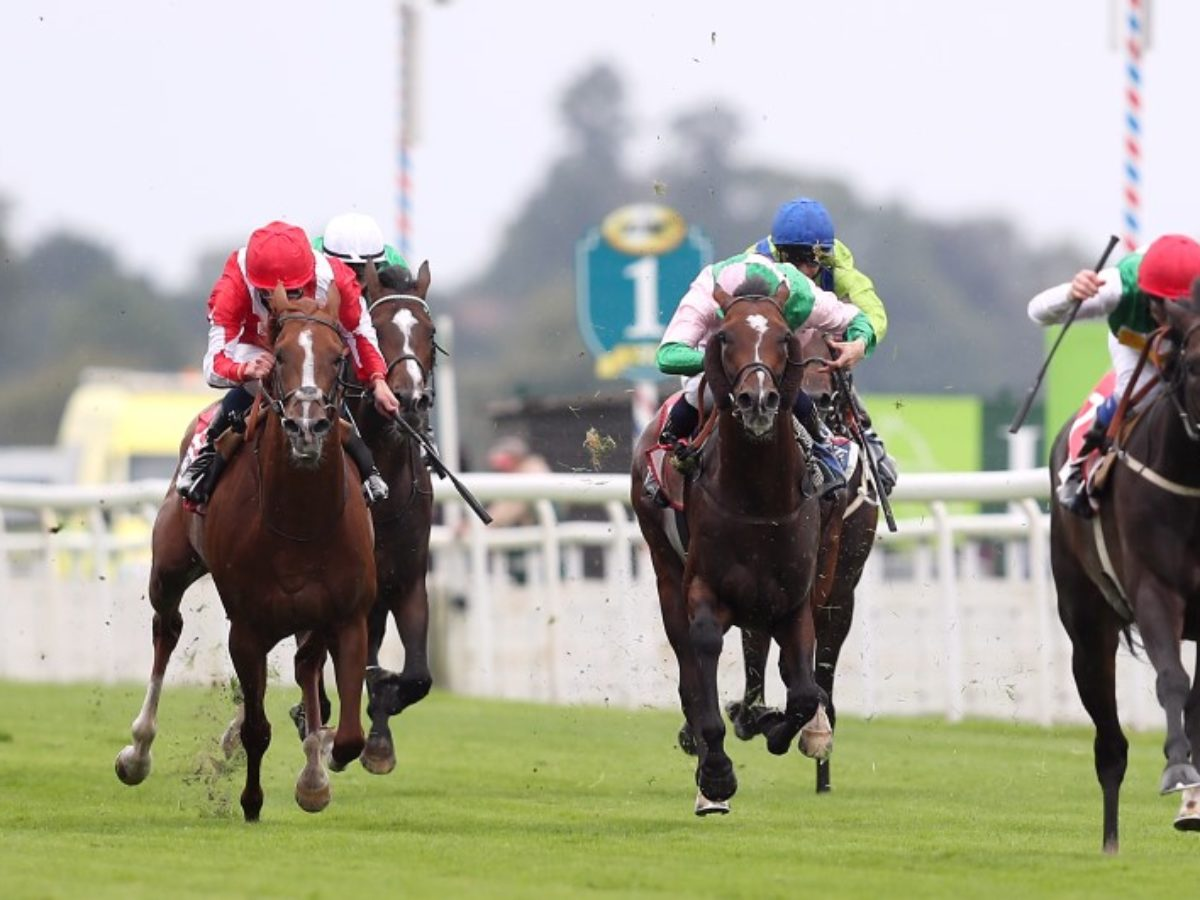Whether you buy a physical racecard at your favourite store or utilise the online racecard on your favourite website, the information that will be displayed will be similar. The names of the horses, trainers, and jockeys will be displayed per race, as well as the form of each horse and its barrier position.
Racecards will be available days in advance, to allow amateur and professional punters and handicappers to study the card, analyse each race, and eventually select the horse that in their opinion (and backed up by the form study) will win each race. The question that could arise to a person purchasing a racecard could be how are the horses selected to participate in each race?
What are Declarations in Horse Racing? A Final Declaration is a formal notification from a trainer that notifies the racing authorities they intend to run a horse in a certain race. Horses are commonly declared at either the 24-hour or 48-hour stage before the acceptances for the race are finalised.
Where it starts – The Stud Farm
The horse racing adventure starts at Stud Farm. This is where retired racehorses are purchased, and breeding catalogues are combed through by the owners of these Stud Farms in an attempt to locate the best male (stallion) to mate with the best female (mare) to produce the finest young horses (yearlings) for sale at their yearly auction.
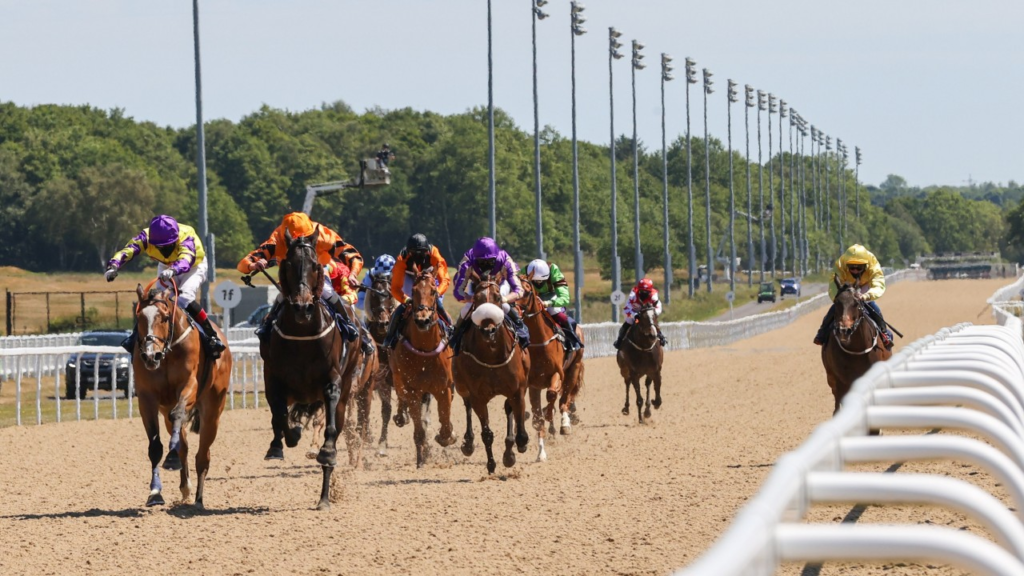
The yearlings will spend the first twelve to eighteen months of their lives at the Stud Farm, where they will be educated to perform what they were bred to do: race. When the horse reaches the age of two, it is cataloged and placed on the approaching auction of their separate Stud Farms.
The Trainer
When a yearling is purchased at the Stud Farm Sale, it is transferred to the Yard of its new trainer. It will continue to learn how to race here, with the trainer gradually bringing the horse to its top, ready to run in a real race. Before this, it will continue to gallop at the training facility regularly until it is ready to make its racecourse debut.
The trainer will now determine how far to run the horse, who will ride it, and what tactics to use in the race (if the horse has the innate speed to keep up with the pace or can settle and make its run as the race unfolds) to adopt in the race.
Nominations and Declaration – The Racecard
When the trainer believes that the horse is ready to run in a race, the trainer will nominate the horse for a particular race in the future at the home course of that horse’s training facilities. For races in the United Kingdom, this entails calling the British Horseracing Authority or visiting their website and completing the registration form.
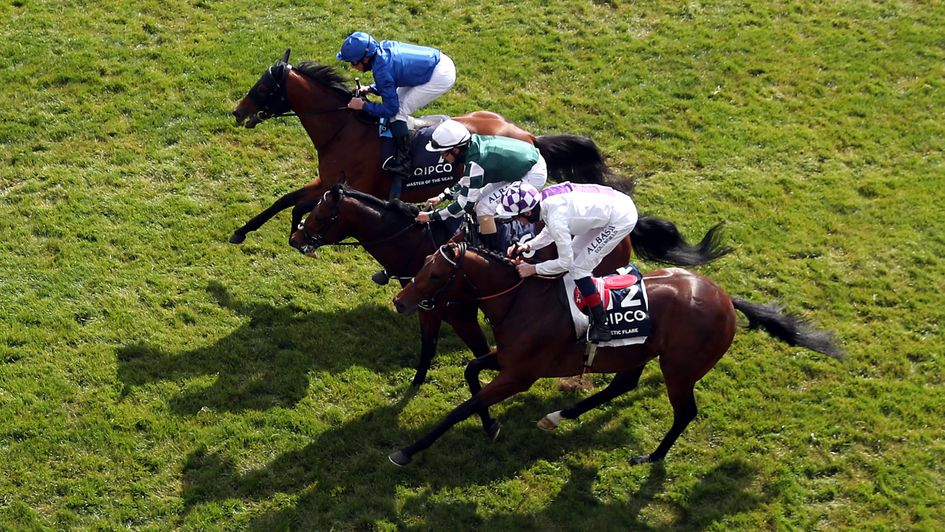
Whilst still in the nomination stage, the horse will be allocated a draw, and then the trainer will have to decide whether to accept the nomination or not. Entries for various events open and close at different times. This spans from when entries close at the same time as final declarations, to large prestige races, such as the Grand National or the Classics, where entries must be submitted months in advance.
Horses must be entered five or six days before race day for the majority of races held in the United Kingdom. In significant races, horses typically have many opportunities to participate, even late in the race when spots are available for a large sum (£85,000 in the case of the Derby). This is known as a supplemental entry.
Intermediate Phases before Final Declaration
Although there are several intermediate phases in the run-up to a race, such as the name of jockeys hired to ride on certain horses, the final declarations themselves are the most crucial. In principle, if a horse is still entered in a race after final declarations, it is all systems go and the horse will compete in that race.
On a busy racing day, like a Saturday with numerous high-quality race meetings, it is typical to see horses entered in many races. Owners and trainers like to have alternatives so that they may be as certain as possible about the other horses in the race, as well as the weather and ground conditions. As a result, when the final announcements are made public, there is usually a hive of activity in the betting markets.
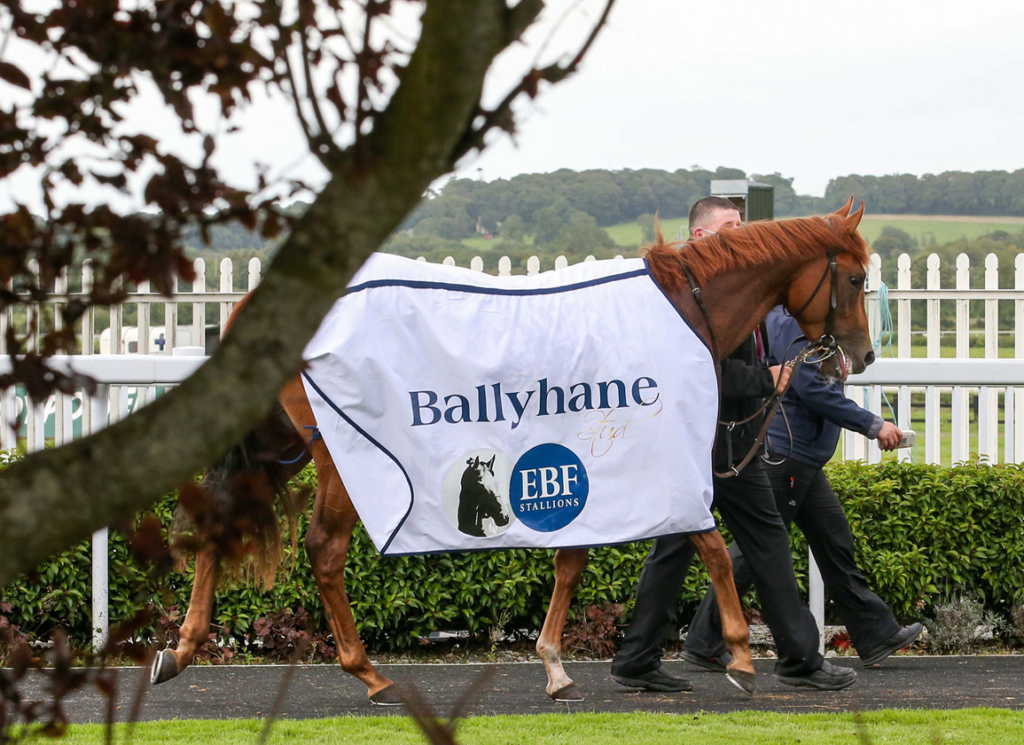
A Final Declaration in the form of a notification from a trainer to the racing authorities that the trainer intends to run a horse in a certain race will be sent 24 to 48 -hours before the race card is finalised by the racing authorities.
Final Declarations – Race Card Publication and Distribution
If the trainer accepts, then the horse will be allocated a jockey by the trainer and the racecard for that day’s race meeting will be finalised. This is when a racecard will be printed (there will be many different publications in printed or online format) with all the details of the horses who have accepted for each race printed in the race card.
When all the declarations have been accepted for a particular race meeting, the Racecard for that day is finalised. The racecard is then published in print and sent to all the outlets where punters can purchase the racecard as well as on the social media online portals.
Betting & Final Declarations
The final declarations are not only important for the composition of a race, but they are also important for wagering. Once the final fields are declared and the official racecard is published, bookmakers will look at each race and decide how they are going to price up each race.
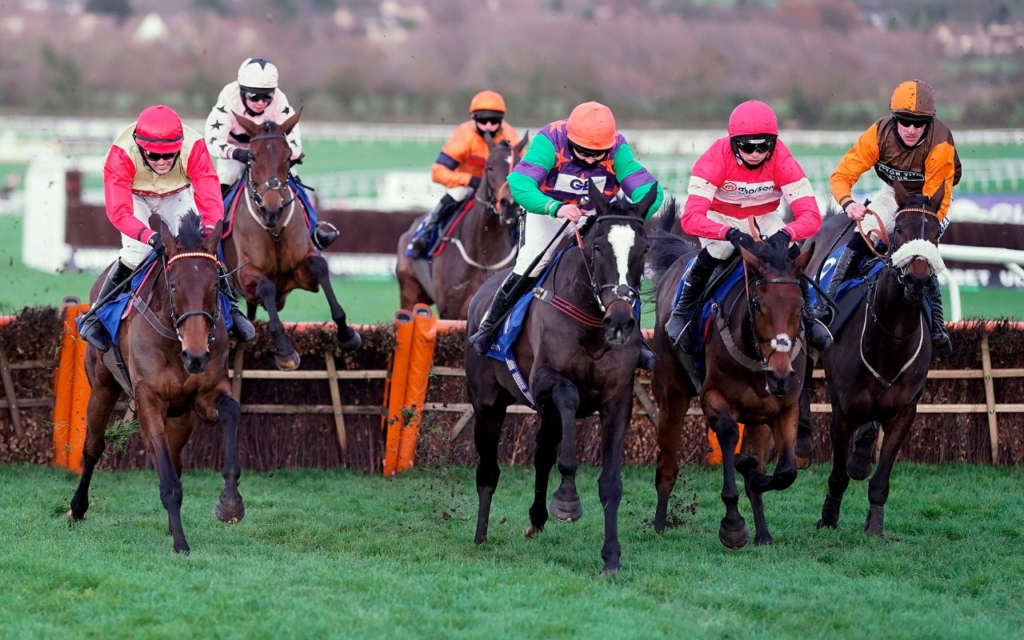
Punters will then log onto their preferred bookmaker and take note of how the betting of each race has been priced up or allocated. Amateur and seasoned punters alike will then study the form, analysing each race, and do their form of handicapping to ascertain which their top pick would be for each race.
All that remains is for the punter to review the betting of each race comparing their selections with how the bookmakers have analysed the race. You then decide on which horses are the “betting propositions” (a horse or horses to bet on) for the day, place your bet and there is no better feeling than finding that winner by doing your form study.

